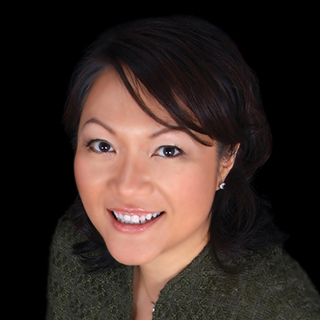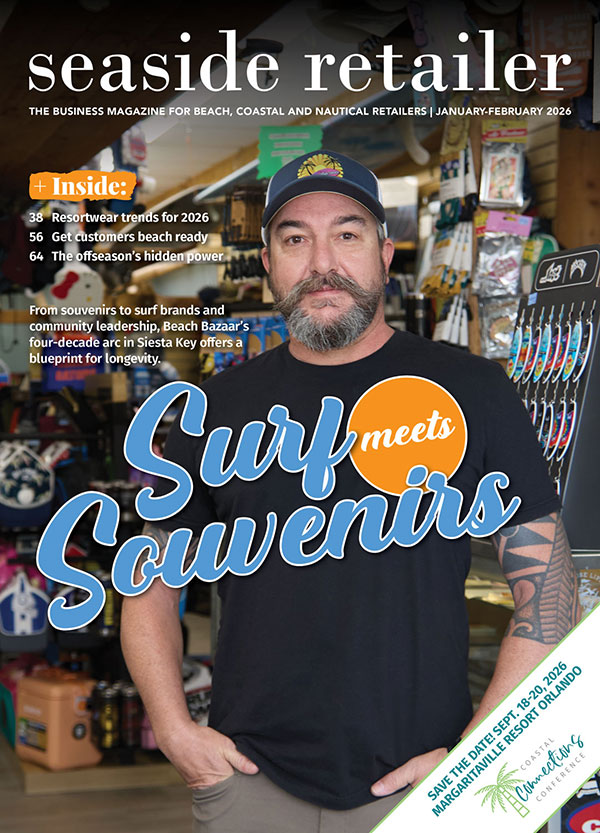
A new retailer approached me after a seminar I conducted. She shared with me that often, seminar speakers and consultants assume retailers already know visual merchandising terminology and display basics. The same retailer also remarked that the design and display articles she reads usually use language that in concept makes sense but fails to translate during application.
I immediately felt accountable, realizing that her observations were correct. Having been in this line of work for so long, I admit I sometimes forget that the language I use is retail jargon for newcomers. Therefore, I would like to take this opportunity to clarify some display “jargon” I often use.
I often mention that the underlying strategy of an effective display is the use of color, direction of the display and its overall shape.
Incorporating these three crucial design elements not only attracts attention, it leads your customers’ eyes to the units adjacent to the display and ultimately to a wall display. But what do I mean when I mention a color strategy? What does direction mean? Direction to where? And how does shape factor into a display?
The underlying strategy of an effective display is the use of color, direction of the display and its overall shape.
Color. Color is a big element of any display. Depending on your clientele, most prefer a soothing color story — one that blends well together and nothing that jars the senses. With the exception of spring break, this mellow mood complements the mindsets of seaside vacationers and residents.
Achieving a serene effect is fairly simple as it only requires that the products you choose to put together fall under one story group.
Color groups consist of earth tones, jewel tones, muted or dusty tones, vibrant bright, light pastels, mid-tones and neutrals. Neutral colors include black, brown, gray, navy and creamy beige. Only neutrals can be mixed with any other color from any group as they tend to work well in any setting.
Shape. Shape refers to the overall shape of your entire display. For example, creating a pyramid-shaped display atop a table with a nesting bench or coffee table under achieves an overall triangle shape. This, from my experience is the shape that attracts the most shoppers.
Start with the tallest item in the middle of the table. If none of your product stands out as tallest, use a riser to create height. Flank this item with mid-height items then fill the rest of the surrounding space with shorter items to complete your pyramid.
Direction. Direction is somehow related to the overall shape. Triangles lead the eye from low to high as the eye reaches the apex of the triangle. This is your best opportunity to bring attention to display units behind your nesting table display and eventually lead the eye further to the back wall.
For example, use a distinctive color in your table display, such as red, and repeat this color in the display units behind it and on your display wall. This will pull the shoppers eye from the front table all the way back. You know what happens when the eye is led from one point to the next? The feet follow!

